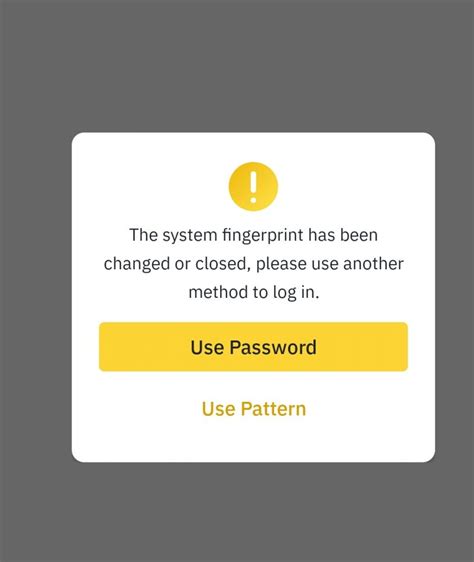Ethereum: Binance Error -1102 – Mandatory parameter ‘signature’ was not sent, was empty/null, or incorrectly formatted
As more and more users move to cryptocurrency trading on platforms like Binance, it has become increasingly important for developers to ensure that their automated trading bots are working properly. However, while performing these tasks, issues with the Ethereum API can arise, resulting in unexpected errors.
One common error that comes up during this process is the signature parameter required by the Ethereum API. In this article, we will dive into the details of what causes this error and provide steps on how to resolve it.
Understanding Error Code -1102
Error -1102 typically indicates a problem with the request signature, which is a necessary component of crypto transactions in the Ethereum ecosystem. The Signature parameter is used to verify the identity of the sender and ensure authenticity when making transactions on the blockchain.
If you encounter this error code, it is necessary to identify the root cause:
- Empty/null or malformed signature: This may be due to incorrect processing of signature data or missing information that must be included in the transaction request.
- Missing required parameters: Make sure that all necessary details are present and included during the transaction process.
Troubleshooting
To resolve this issue, follow these steps:
Step 1: Verify signature data
First, make sure that you are using the correct signature data when making transactions. The signature is usually a hash of your public key in the format 0x....
Step 2: Include Required Parameters
When sending a transaction to the Ethereum network, make sure to include all required parameters:
- From: Specify the sender’s address.
- To: Specify the recipient’s address.
- Value: The amount of cryptocurrency you want to send.
- Gas

: The gas limit for the transaction.
Step 3: Handling Errors and Exceptions
When executing a transaction, it is crucial to handle any potential errors that may occur. This may include checking the signature, ensuring that required parameters are present, or handling exceptions thrown by the Ethereum API.
Sample Code Snippet
Here is a sample code snippet showing how to verify a transaction using the eth_sign method and specifying the required parameters:
const Web3 = require('web3');
const web3 = new Web3(new Web3.providers.HttpProvider('
async function executeTransaction() {
const senderAddress = '0x...'; // Replace with your public key
const receiverAddress = '0x...';
const amount = 10;
const gasLimit = 100000; // Specific value, but adjust if needed
try {
const transactionSignature = await web3.eth.signTransaction({
from: senderAddress,
to: receiverAddress,
value: amount.toString(),
gas: gasLimit
});
const signedTransaction = await web3.eth.sendSignedTransaction(transactionSignature.raw);
console.log(signedTransaction.status);
} catch (error) {
if (error.code === 1102) {
console.error('Invalid or malformed signature provided.');
} else {
throw error;
}
}
}
executeTransaction();
Conclusion
Successful execution of transactions on the Ethereum network requires proper handling of errors and exceptions. By verifying the signature data, including required parameters, and handling potential errors, you can ensure that your bot will function properly without encountering problems with the Ethereum API.



Leave a Reply